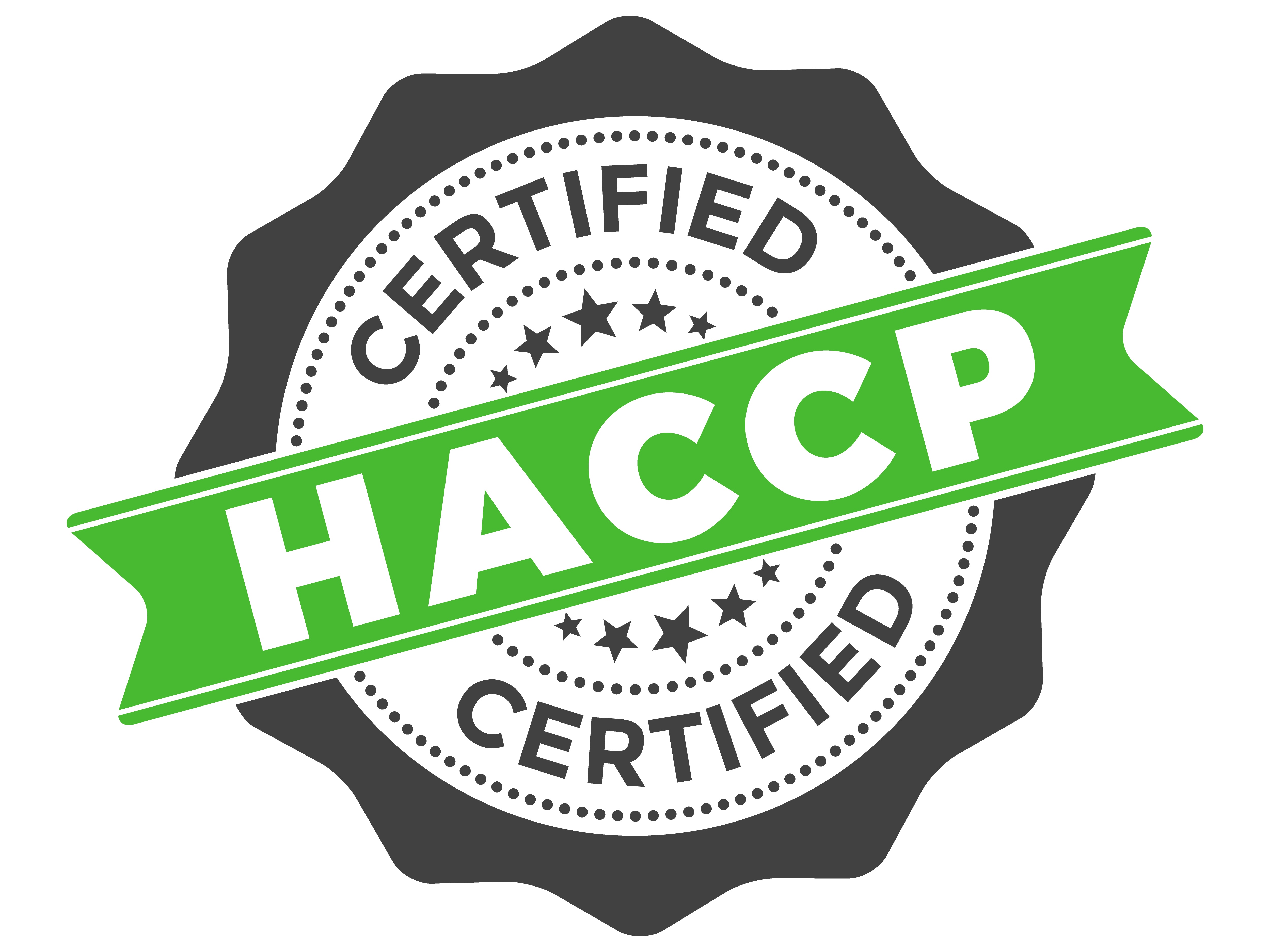How to Build a HACCP Plan for Compliance

A solid HACCP plan protects your business, brand, and consumers. HACCP is a process control system designed to identify and document the right steps to protect food safety. From there, a hazard analysis is documented. Then critical control points, critical limits, monitoring, corrective action, verification, and recordkeeping procedures are identified. The HACCP system proves products are safe — from manufacturing to consumption.When the time is taken to conduct HACCP carefully and correctly, it’s also your insurance policy because your food safety system should protect your facilities from the risk of a foodborne illness outbreaks and product recalls. In some industries, HACCP is mandated and regulated by the government. Many customers may require HACCP as well. Most companies must meet certain audit standards, typically some type of certification under the Global Food Safety Initiative standards. Part of those certifications require a HACCP or food safety plan in place to be able to meet those audit expectations.
HACCP is commonly recognized as one of the best approaches to food safety. It’s endorsed by CODEX for international standards, the National Advisory Committee for Microbiological Criteria for Foods, and all GFSI standards as well. HACCP must be conducted because regulatory agencies and/or customers expect us to have these types of programs in place. But in all honesty, HACCP is just the right thing to do.
5 Tips for HACCP Compliance
Here are a few compliance tips to help with monitoring, corrective action, verification, and recordkeeping for your food safety and HACCP plans.
1. Understand why you are monitoring.
It’s important to be able to write your HACCP plans in a way that always helps you reduce the risk of noncompliance and make sure that these HACCP systems will be practical and manageable from a plant standpoint.
2. Identify the best monitoring procedure and determine frequency.
When you think about monitoring procedures you really need to define how often monitoring will occur and who will be responsible. For example, I would never write a HACCP plan where I say I’m just going to monitor this CCP every hour — because as soon as that term “every hour,” gets used, you’re locked into a 60-minute window of time. Using more flexible language, like “every hour plus or minute 10 or 15 minutes” opens up the window of monitoring. You could even say “once in each production hour,” so you could document a check in the 8:00 hour and at 9:00 hour and still be compliant. Try to use flexible language where you can.
3. Identify which employees will perform monitoring.
To ensure a smooth process, you must decide who will be responsible enough to perform these monitoring tasks. Also keep it in mind after you define the monitoring, someone else will have to do the verification responsibilities later as well. Most companies need to make a choice between relying on operations or  QA personnel to conduct monitoring. What works best will depend on the company and culture. We often prefer operations doing monitoring since they really own that process, and QA doing verification as an assurance process as well. Or reverse those roles and let QA do the monitoring and operations do the verification. In the best-case scenario, both parties would have responsibilities tied to your food safety system and ownership of that system to make sure it works properly.
QA personnel to conduct monitoring. What works best will depend on the company and culture. We often prefer operations doing monitoring since they really own that process, and QA doing verification as an assurance process as well. Or reverse those roles and let QA do the monitoring and operations do the verification. In the best-case scenario, both parties would have responsibilities tied to your food safety system and ownership of that system to make sure it works properly.
4. Train employees on the what’s, how’s, and why’s.
Once you’ve identified who’s responsible for monitoring, make sure to train those not only on what to do, but also on why they need to do it. The why is so important in assuring the safety of your manufactured products.
5. Review how to record information.
After employees have been trained to be able to properly complete the records, they should also know how to fill out all the records properly, be completely familiar with the critical limits, and be able to initiate corrective actions when necessary.
Want to learn more about building effective HACCP plans? Watch the webinar, HACCP Today: Critical Controls Concepts.





